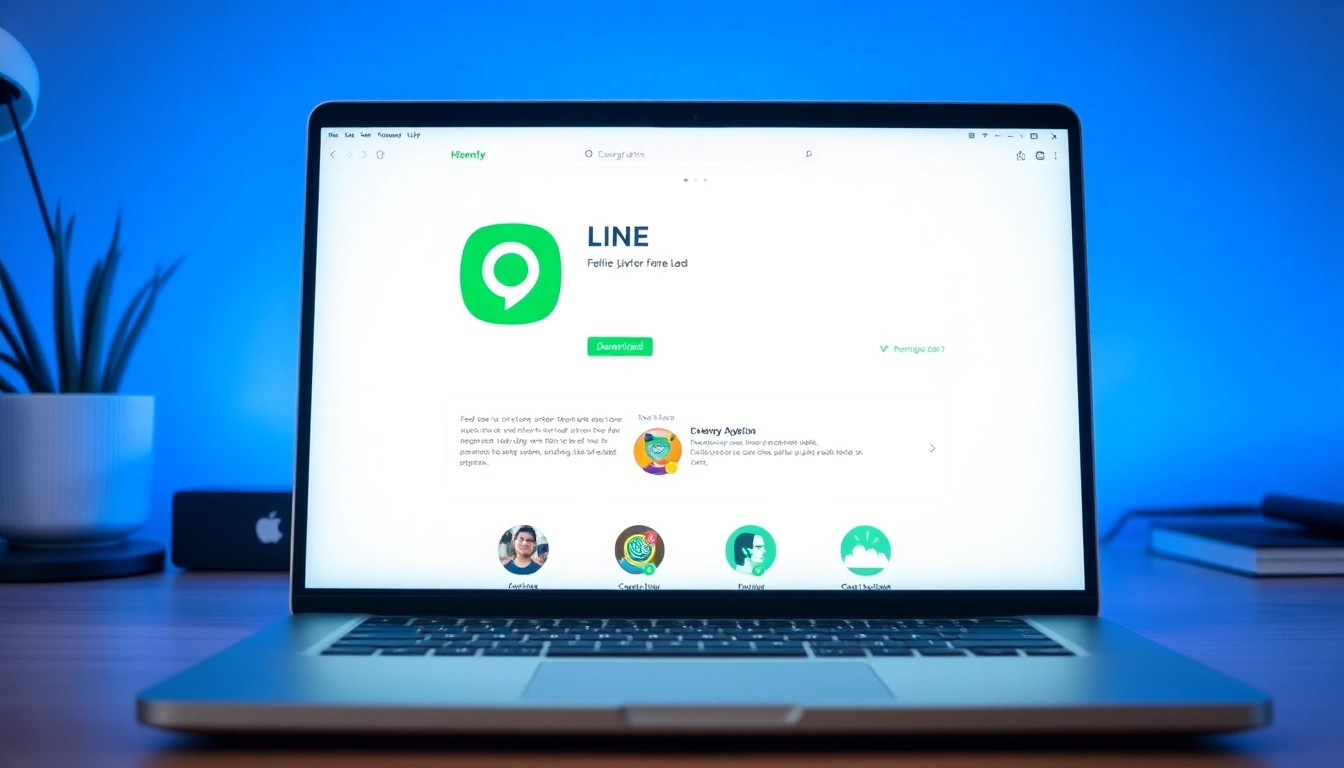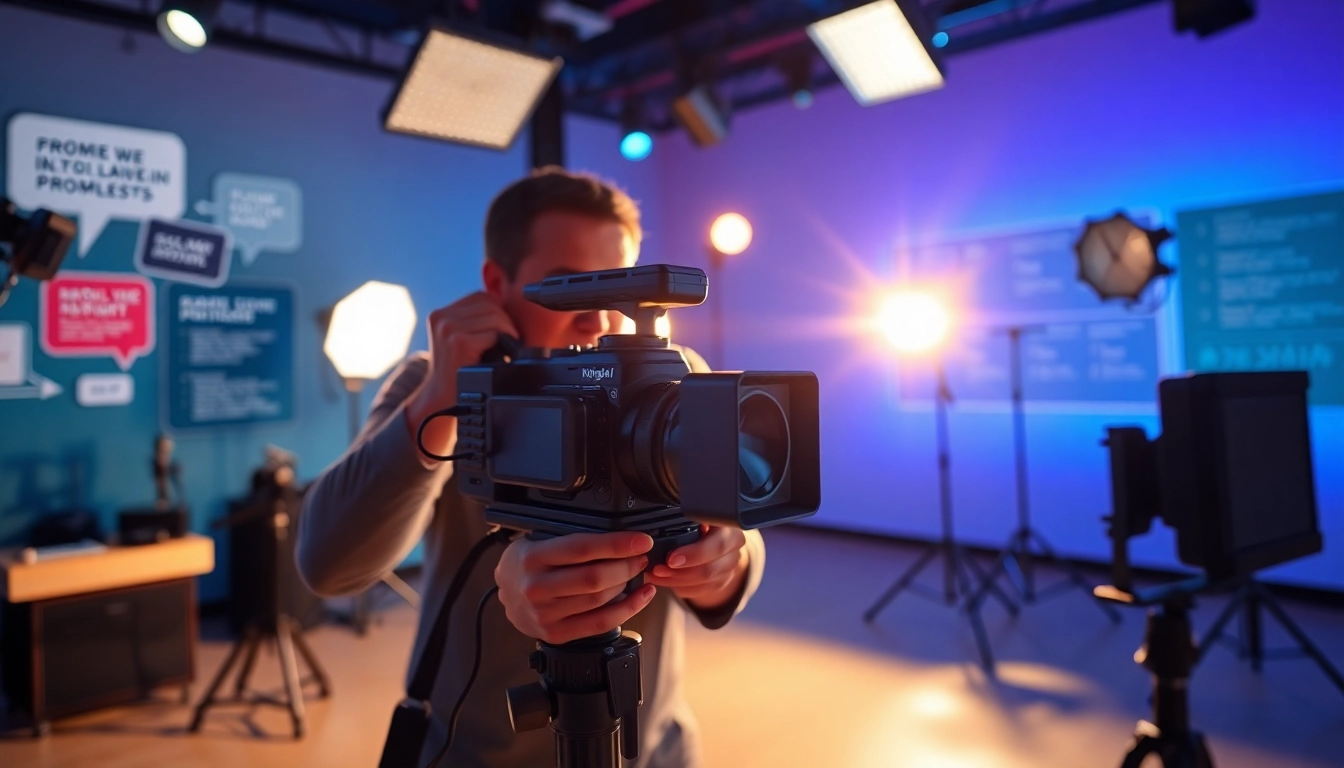Understanding AI Checkers
What is an AI Checker?
An AI checker, also known as an AI detector, is a sophisticated tool designed to analyze text to determine whether it has been generated by an artificial intelligence model. Increasingly, as platforms like ChatGPT, GPT-4, and Gemini proliferate, the need for reliable tools that differentiate between human and machine-generated content has become paramount. These checkers utilize advanced algorithms that scan for specific linguistic patterns, word choices, and stylistic elements commonly associated with AI-generated text.
The rise of such technology is largely due to concerns over authenticity and integrity in content creation. For instance, educators, content marketers, and even regulatory bodies are looking for effective ways to ensure that the content they engage with is genuinely human-produced or, at the very least, properly attributed. Therefore, employing an ai checker is essential for those serious about maintaining high standards in their work.
How AI Checkers Work
AI checkers function by employing various methodologies that involve language processing and machine learning techniques. Primarily, they analyze text using multi-layered models that explore different dimensions of language usage including syntax, semantics, and context. Here are some key components of how they operate:
- Text Analysis: The AI checker breaks down sentences into individual components to analyze their structure and determine the likelihood that they were written by a human or generated by AI.
- Pattern Recognition: These tools look for specific language patterns and markers typical of AI writing, such as repetitive phrasing or unnatural transitions.
- Machine Learning Models: Many AI checkers leverage machine learning capabilities to learn continuously from new data, improving their accuracy over time.
- Confidence Scoring: After analysis, the applications provide a score reflecting the probability of AI involvement, often offering insights into particular phrases or sections of text identified as problematic.
Common Uses for AI Checkers
The applications of AI checkers span various domains, showcasing their versatility and importance in the current digital landscape. Some common uses include:
- Academic Integrity: Educational institutions utilize AI checkers to ensure students submit original work, deterring plagiarism and promoting genuine scholarship.
- Content Marketing: Marketers employ these tools to verify that the content produced for blogs, websites, and social media is authentic and aligns with their brand voice.
- Regulatory Compliance: Organizations are bound by transparent communication regulations; AI checkers help ensure that corporate communications remain compliant.
- Quality Assurance: Businesses rely on these tools to maintain high standards for published materials, ensuring written content reflects the company’s values and adheres to industry standards.
Benefits of Using an AI Checker
Ensuring Content Authenticity
One of the primary advantages of employing an AI checker is the assurance it provides regarding content authenticity. In an age where misinformation can spread rapidly, having a tool that validates the originality of text is invaluable. By verifying the authorship of content, users can mitigate the risk of perpetuating false information and uphold a standard of trustworthiness.
Improving Academic Integrity
For educational institutions, maintaining the integrity of academic work is critical. AI checkers not only help prevent plagiarism but also encourage students to develop their critical thinking and writing skills. By identifying AI-generated content, schools and universities can foster an environment where original thought is valued and rewarded.
Protecting Brand Reputation
In the realm of content marketing and corporate communications, brand reputation is everything. AI checkers act as a first line of defense, helping organizations avoid content that could potentially harm their image. By ensuring all published materials are authentically human-generated, businesses can safeguard their reputations and connect more genuinely with their audiences.
Choosing the Best AI Checker for Your Needs
Key Features to Look For
When selecting an AI checker, various features should guide your decision-making process:
- Accuracy Rate: Look for AI checkers with a high accuracy rate, ideally over 90%. This will ensure you are getting reliable results.
- User-Friendly Interface: The tool should possess a simple and intuitive interface, allowing users to input texts and receive feedback quickly without excessive complication.
- Multi-Model Detection: Choose a checker that can identify content from various AI models, not just one. This will enhance its overall reliability.
- Confidentiality Assurance: Ensure that the service respects users’ privacy, guaranteeing that submitted texts are not stored or reused.
- Support and Resources: Opt for a checker that provides user support, FAQs, and resources to educate users on best practices and how to interpret results.
Comparing Popular AI Checker Options
Several AI checkers dominate the market, each offering unique features and capabilities. Here are a few noteworthy options:
- GPTZero: Known for its extensive media coverage, GPTZero provides advanced detection capabilities specifically designed for detecting AI content across multiple platforms.
- Grammarly AI Detector: This tool combines grammar checking with AI detection, offering an all-in-one solution for content creators who prioritize quality.
- QuillBot’s AI Detector: Featuring an easy-to-use interface, QuillBot allows users to quickly check for AI-generated content, accommodating a range of text lengths.
- Scribbr: Targeted at academic institutions, Scribbr provides reliable detection models for research papers and educational content.
- Copyleaks: A versatile platform offering a wealth of features beyond AI detection, including plagiarism checking and API integration.
User Reviews and Recommendations
Before making a decision, it is advisable to explore user reviews and recommendations. Websites and forums dedicated to educational tools often feature testimonials and comparative analyses that can help inform your choice. Consider looking into the following:
- User forums on sites such as Reddit can reveal firsthand experiences and provide insights not found in marketing materials.
- Educational blogs and industry publications frequently review and compare AI checkers, providing comprehensive analyses to guide potential users.
- Social media platforms often host discussions and reviews, offering up-to-date perspectives from diverse users regarding the effectiveness of various AI detection tools.
Limitations of AI Checkers
Common Misconceptions
Despite their growing popularity, many misconceptions surround AI checkers. It’s essential to clarify these misunderstandings:
- AI Checkers Are Infallible: Some users may believe these tools can deliver foolproof results; however, no checker can guarantee 100% accuracy.
- Only AI-Generated Text is Detected: Many might think that AI checkers focus exclusively on identifying AI content, but they also analyze human-generated text for style and consistency.
- AI Checkers Substitute Human Judgment: While AI tools assist with content assessment, they should never replace a human evaluator’s context-derived insights and nuanced understanding.
When AI Checkers May Fail
There are specific circumstances under which AI checkers may struggle to deliver reliable results:
- Ambiguous Texts: When dealing with ambiguous or highly stylized writing, AI checkers may misinterpret the text’s authenticity.
- Collage Writing Styles: Texts combining different writing styles can lead to inaccurate results, as AI checkers might not be able to parse variations effectively.
- Rapidly Evolving AI Models: As AI technology evolves, tools that detect previous models might not effectively assess newer iterations, resulting in outdated outputs.
Ethical Considerations
The use of AI checkers raises several ethical considerations, including their potential impact on creativity and human expression. Some argue that over-reliance on such tools might stifle innovative ideas and alienate certain writing styles that do not fit conventional norms. It’s crucial to balance the use of these tools with an understanding of their implications on freedom of expression and creativity.
The Future of AI Checkers
Emerging Trends in AI Detection
The landscape of AI detection technology is rapidly changing. Emerging trends include:
- Advanced Natural Language Processing: Ongoing developments in NLP are enhancing AI checkers’ ability to understand complex sentences and better predict authorship.
- Integration with Other Tools: Future AI checkers are likely to integrate with plagiarism detection and grammar checking tools, providing a more holistic approach to content analysis.
- Real-Time Assessment: As technology progresses, real-time analysis during content creation may become a standard feature, allowing instant feedback and recommendations for content improvement.
Potential Innovations
The potential for innovation in AI detection is vast. Future advancements might include:
- Contextual Understanding: Future tools may harness deep learning techniques to provide contextual analysis, allowing for a more nuanced understanding of both human and AI-generated text.
- Global Language Support: As AI technology becomes more globally utilized, checkers will likely develop support for multiple languages to accommodate diverse content creators.
- Customizable Detection Settings: Users could have the ability to personalize their detection preferences, allowing for better alignment with specific industry standards or content types.
Regulatory and Industry Changes
As AI technology continues to evolve, legal frameworks surrounding its usage are likely to adapt. Future regulations may require institutions and organizations to utilize AI checkers to maintain standards in authenticity. Additionally, industry-wide discussions surrounding the ethical treatment of AI-generated content may shape the development and implementation of these tools.



